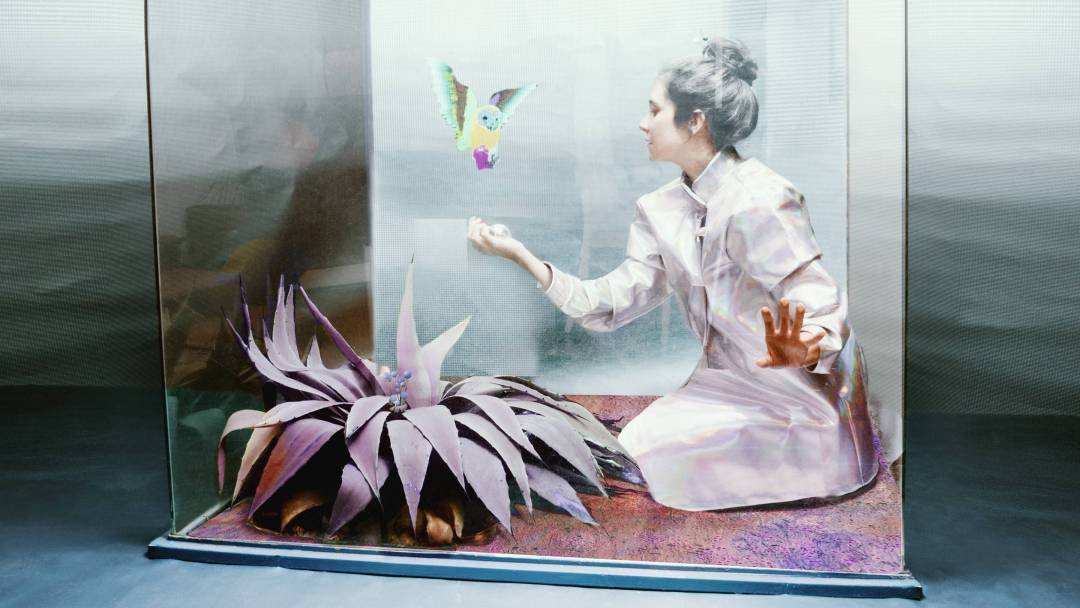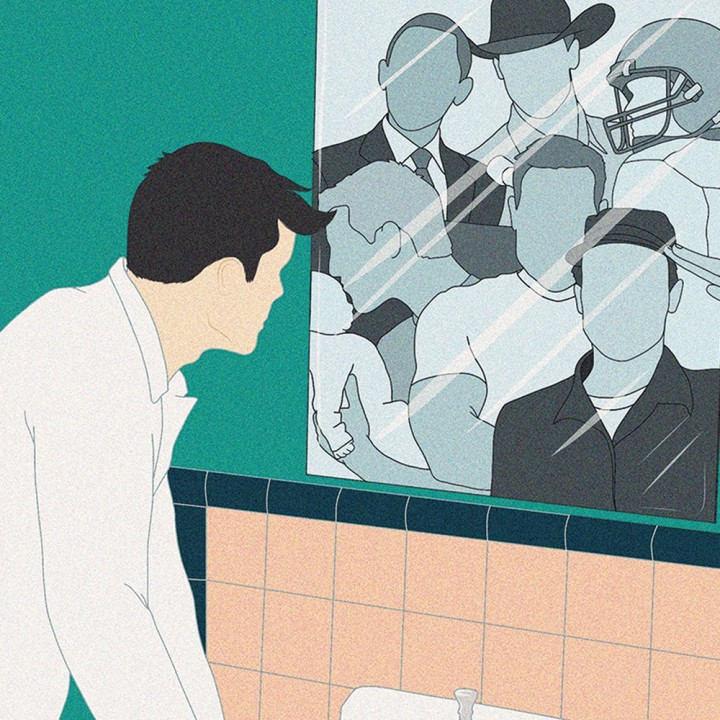
Olivier Duhamel Sculpts Nudes for 21st Century Eyes Only
“I’m often told that the nude has been done before,” says artist Olivier Duhamel. However—despite famous naked forms going back centuries—upon first glance, it’s clear that no sculpture looks quite like one of Duhamel’s creations. And even if his work isn’t so different from Michelangelo’s David, Duhamel makes a good point: “That’s no reason why artists should not continue to express it; it’s a representation of one of our most persistent obsessions.”
“I love the classical, academic beauty that old masters brought to their work, but I’m also fascinated by modern technologies,” says Duhamel. The French-born, now New Zealand-based artist lists documentarians George Segal and John De Andrea as influences in regard to the stark contrast between Segal’s plaster-bandage vignettes and De Andrea’s fleshed, unclothed entities—and has clearly adapted tricks from each sculptors’ work into his own.
[I want to make] the representation of people making love, not like you see in bad porn sites or in good Hollywood productions, but the real thing—the energy, dynamism, passion, communion, pleasure, trust, fun, giving.
Perhaps it is his background that has created his unique—as much technical as it is creative—approach. About a decade ago, Duhamel was making bank in Silicon Valley. Despite showing artistic talent from an early age, he had chosen what seemed like a more realistic career path—a choice which had been paying off literally and handsomely. But then, a layoff spurred his creative ambitions into action.
“As a teenager, my friends and family encouraged me to study fine art but I dismissed their advice,” he explains. “I had not been prepared to wait 30 years to become a master of my craft and reach my potential as a sculptor, but my wife encouraged me to take the opportunity [of losing my job] to pursue my artistic aspirations. She has since regretted giving me that advice.”

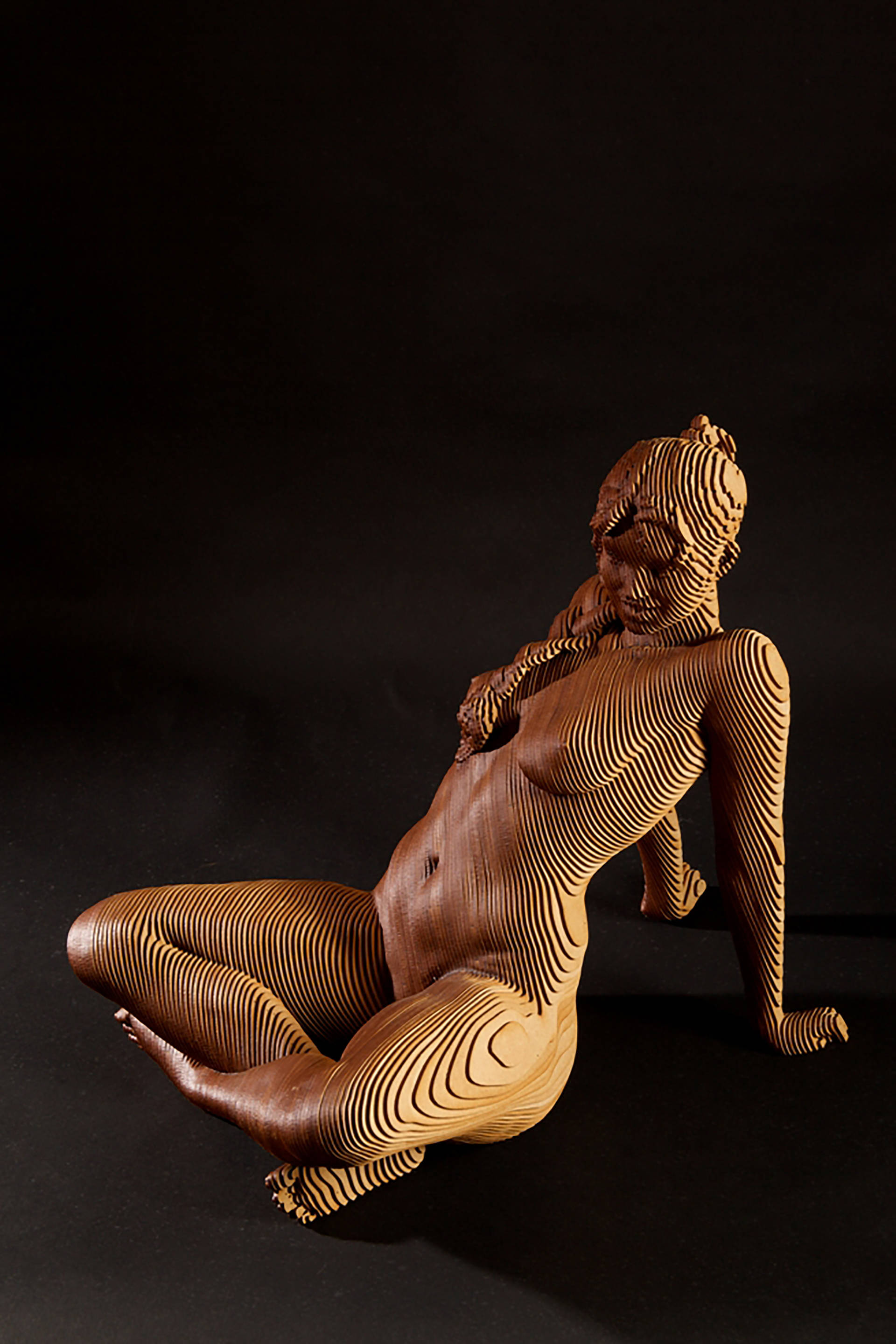
He often works in what he calls “digital clay,” rendering his offset sculptures with software that allows 360-degree control of images, then laser-cutting and assembling the resulting pieces to achieve his specific effect. The method can be controversial among more traditional studio artists, he says, though he doesn’t see why it should be. The technique adds a layer of complexity in its off-putting flawlessness. Duhamel’s figures frequently convey a palpable desire (directed towards the artist or otherwise), but are also regularly and fascinatingly buffered by the industrial materials and computer-driven processes used in their making—the directness of a model’s gaze averted, for instance, by way of thoroughly fleshless neon green acrylic or uniform slices of wood.
“Artists have always used modern technology to their advantage,” says Duhamel. “A computer is only a tool; there is no magic ‘make art’ button. One still must have an idea—a sense of proportion, of perspective, of what is visually pleasing.” And that, it’s undoubtedly clear, he does. Duhamel is represented by over two dozen galleries from Singapore to Switzerland, where he continues to employ the analytical lessons of his Silicon Valley days, choosing his muses and subject matter with an eye towards the market.
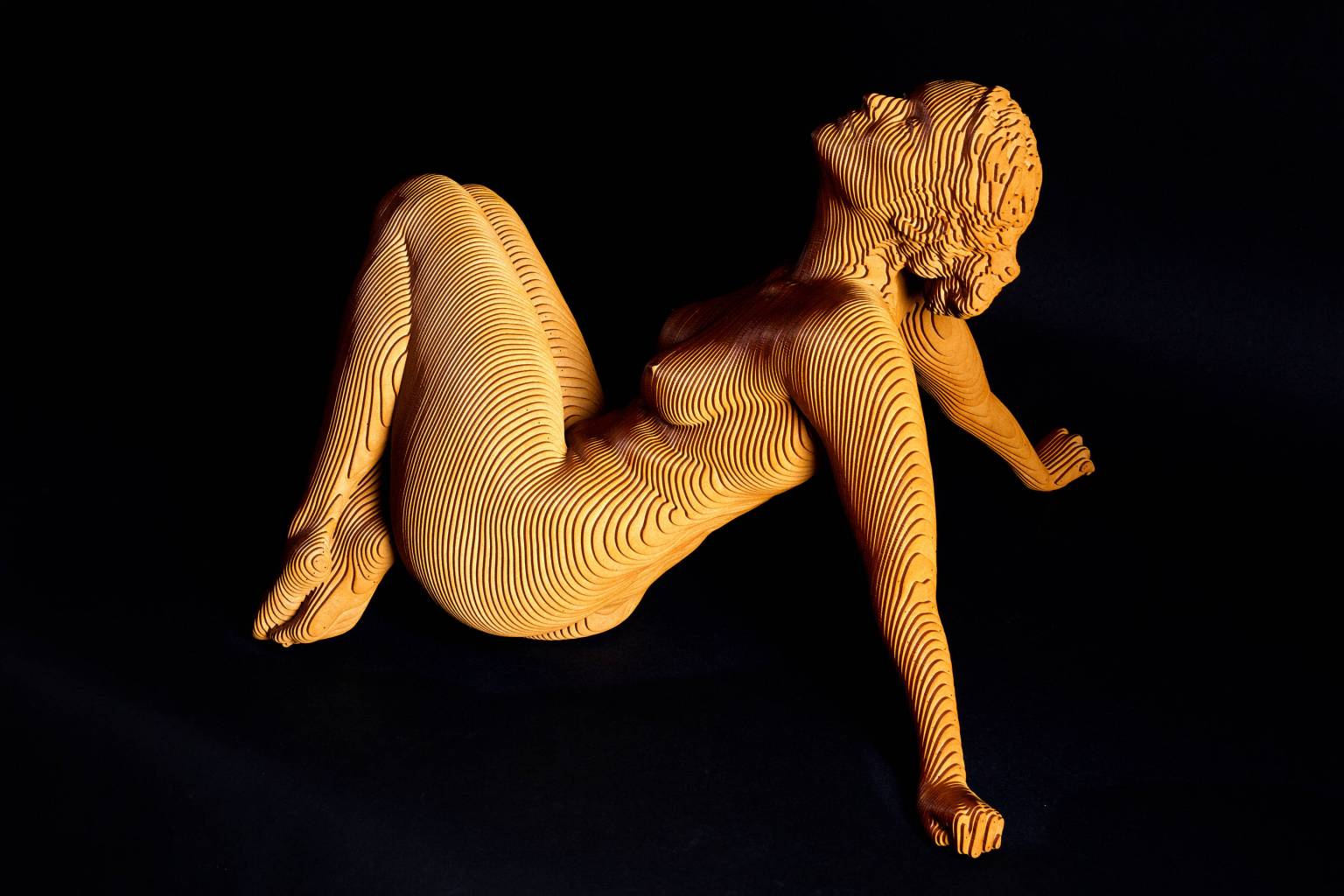
“Working with a real person brings an emotional dimension to the final piece; I remember them, the time, and the fun we had together." Duhamel goes on to describe that, in an ideal world, he’d be making erotica or pornography, even. “[I want to make] the representation of people making love, not like you see in bad porn sites or in good Hollywood productions, but the real thing," he clarifies. "The energy, dynamism, passion, communion, pleasure, trust, fun, giving.” For now, he walks the line: On one side, a naturally gifted artist with well-harnessed carnal instincts; on the other, a savvy businessman who’s sensibly keen to support himself with pragmatic pieces.
And 10 years in, how does Duhamel’s wife feel about the shift she encouraged? “[We both know now that] art is a life of poverty,” he says. “But I work hard to prove her wrong.”

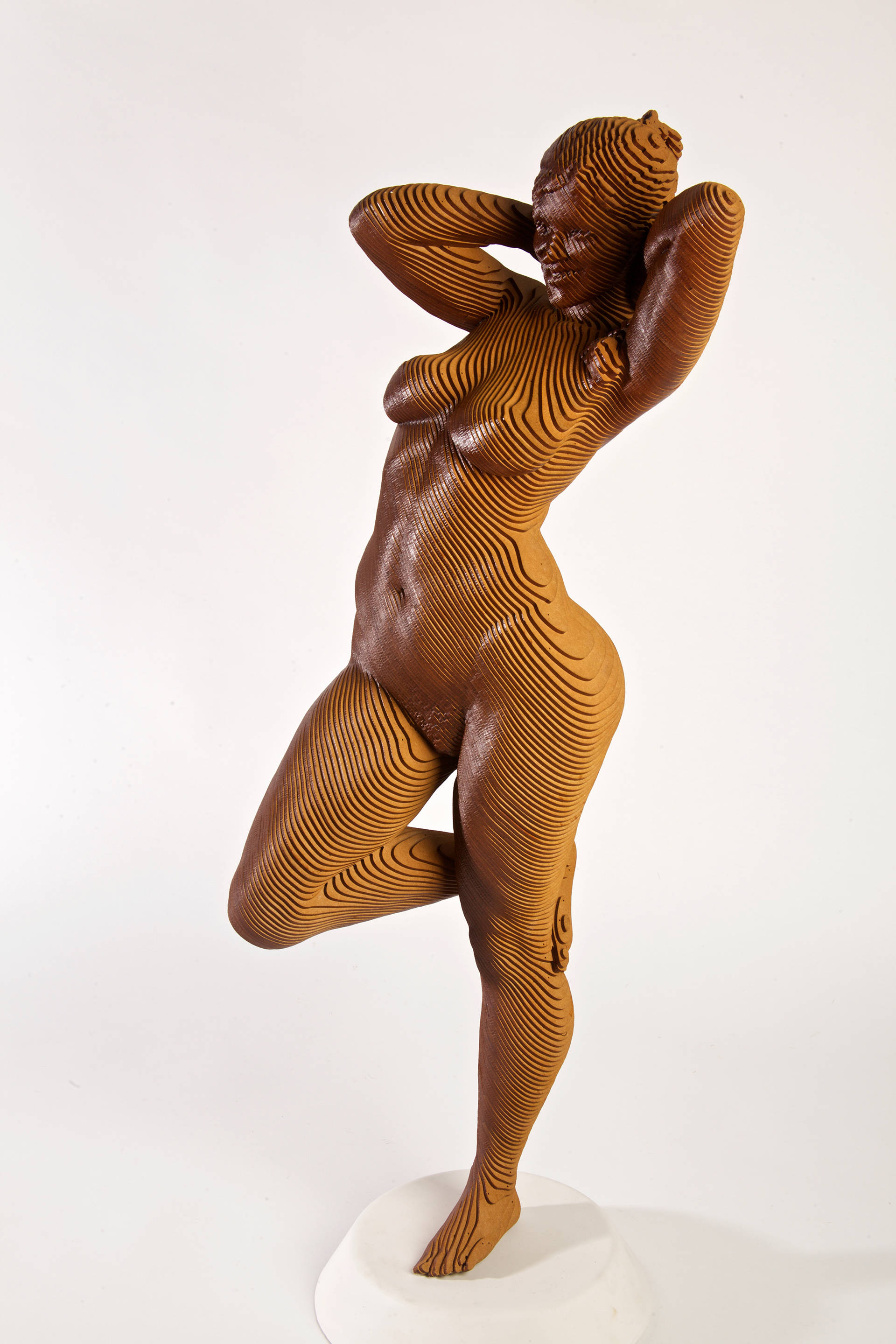
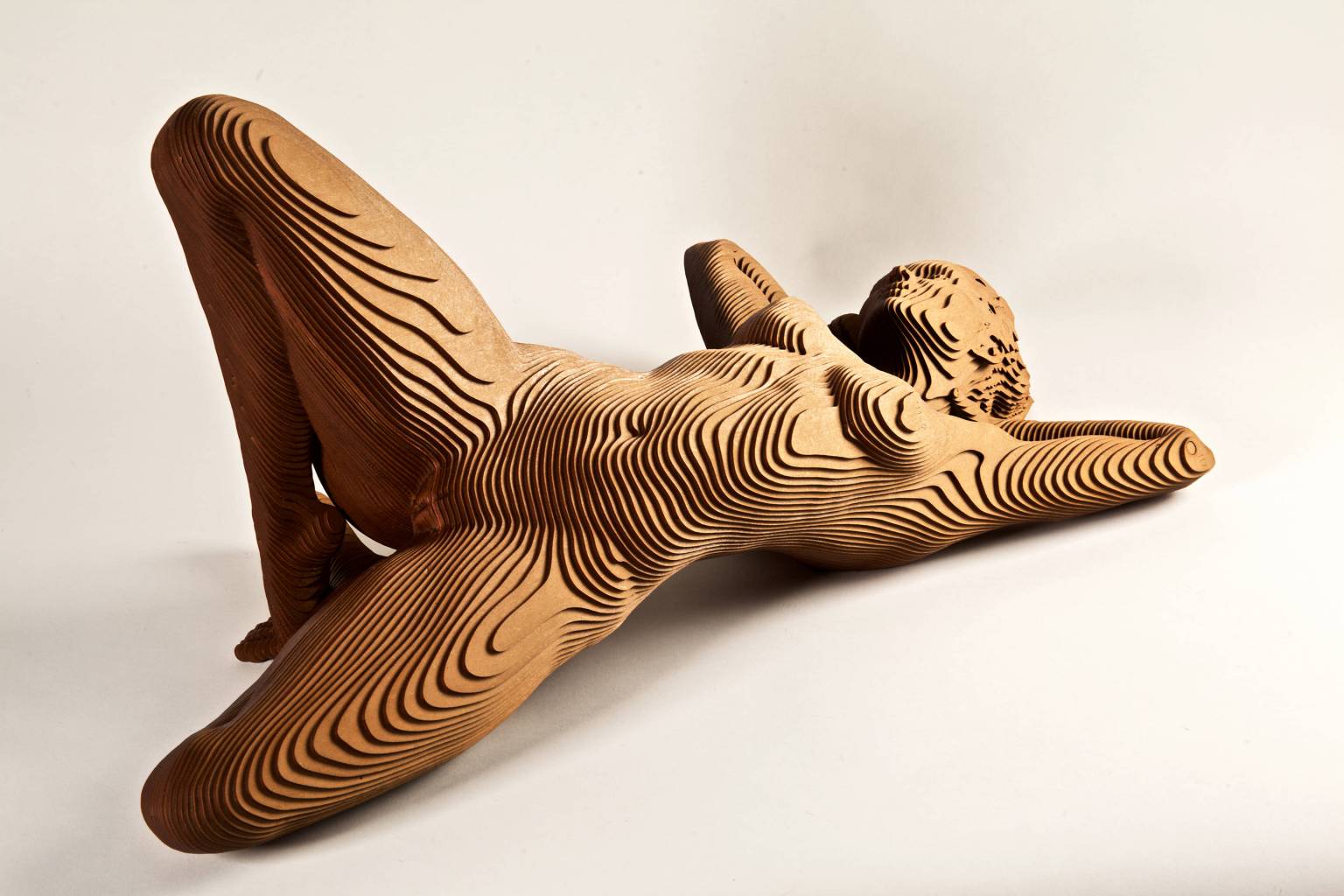
The Fine Line Between Art and Pornography
Artist Romy Alizée tests the limits with her X-rated photography



